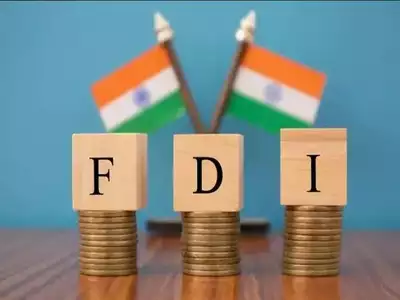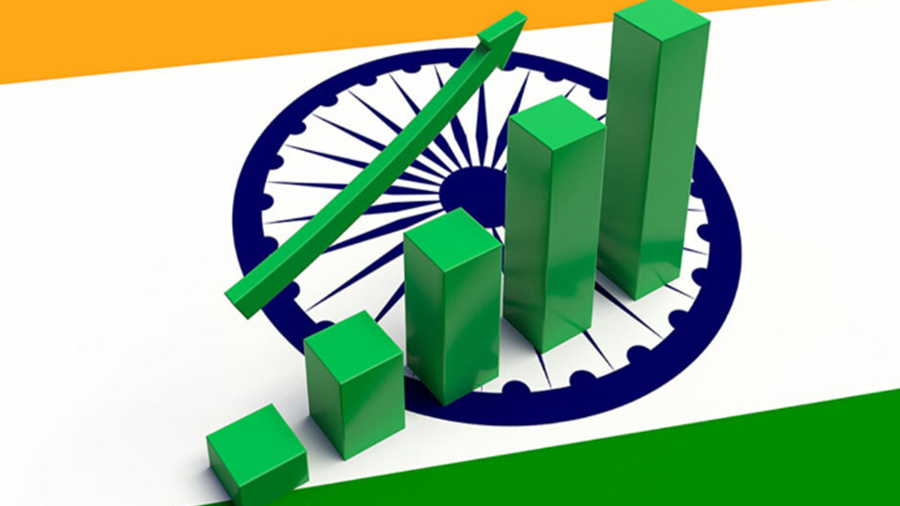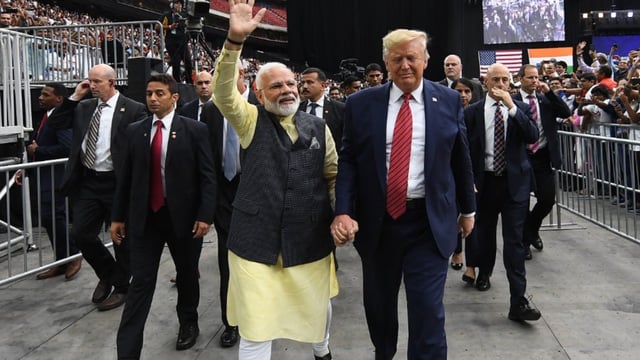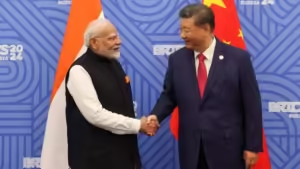Donald Trump’s victory in the 2024 US Presidential Election has triggered significant reactions globally, especially in India. His second term as President brings opportunities but also raises concerns for India’s economy, trade, and geopolitical ties. This article delves into the positive and negative impacts of Trump’s presidency on India.
Table of Contents
Positive Impacts of Trump’s Presidency on India
Boost to Foreign Portfolio Investments (FPI)
Donald Trump’s re-election could reverse recent negative trends in Foreign Portfolio Investments (FPI) into India. Analysts highlight that as global supply chains shift away from China, India might emerge as a favorable destination for investments. Manish Bhandari, CEO of Vallum Capital Advisors, noted that India is likely to attract renewed FPI inflows under Trump 2.0, driven by enhanced trade and economic alignment.

The Indian equity markets have already responded positively, with indices like NSE Nifty 50 and BSE Sensex surging by over 1%. This optimism reflects expectations of strengthened economic ties between the US and India.
Strategic Advantage Amid US-China Tensions
Donald Trump’s firm stance against China positions India as a strategic counterweight in the region. The “China Plus One” strategy, encouraging businesses to diversify supply chains away from China, is expected to benefit Indian manufacturing. India’s domestic market, policy reforms, and focus on infrastructure development enhance its appeal as a viable alternative.
Read this also: Supreme Court Enforces GRAP Stage 4 Amid Severe Pollution in Delhi NCR
Growth in IT and Pharma Sectors
Donald Trump’s policies could lead to growth in sectors like information technology and pharmaceuticals. A cut in corporate taxes and increased investment in technology are expected to benefit Indian IT companies. The Biosecure Act and other healthcare policies during Trump’s first term had already shown a positive impact on Indian pharma companies.

Strong Bilateral Relations
Trump’s personal rapport with Indian Prime Minister Narendra Modi signals continuity in the robust US-India partnership. His public endorsements of Modi and the promise to strengthen ties during events like Howdy Modi suggest a favorable stance towards India on strategic and economic fronts.
Read this also: Recharge and Reset: How a “Me Day” Can Revive Your Mind, Body, and Soul
Negative Impacts of Trump’s Presidency on India
Economic Protectionism
Trump’s protectionist trade policies could challenge India’s export-driven industries. His earlier tenure saw tariffs on Indian steel and aluminum and the removal of India’s preferential trade status under the Generalized System of Preferences (GSP). This protectionist stance could resurface, targeting India’s trade surplus with the US.

For instance, higher tariffs on pharmaceuticals might impact Indian drug manufacturers, while restrictions on H-1B visas could hurt the IT sector. Ross Maxwell of VT Markets highlighted these potential repercussions, emphasizing challenges for India’s skilled labor force and export industries.
Delay in Interest Rate Cuts
Trump’s fiscal policies, including tax cuts and increased spending, could fuel inflation, slowing the US Federal Reserve’s interest rate reduction cycle. This delay may negatively affect FPI inflows into emerging markets like India. Analysts like Nitin Aggarwal from Client Associates warn that this could pressure India’s monetary policy, complicating efforts to manage inflation and attract investments.
Read this also : Best Places for Stargazing in India’s Clear Winter Skies
Geopolitical Risks
While Trump’s efforts to resolve global conflicts could stabilize markets, his unpredictable foreign policy might increase volatility. His approach to conflicts like the Russia-Ukraine war and tensions in the Middle East could indirectly impact India’s energy security and trade routes.

Sector-Specific Implications
1. Housing and Energy: Trump’s pro-energy policies, including investments in coal, nuclear, and oil sectors, could benefit Indian exporters of related technologies. However, India might face inflationary pressures from a stronger dollar and fluctuating commodity prices.
2. Technology and Innovation: while increased IT investments in the US are beneficial, Trump’s push for domestic job creation may challenge India’s outsourcing industry. The IT sector, which grew at a compound annual growth rate (CAGR) of 13% during Trump’s first term, could face new hurdles.
Read this also: The Art of Listening: A Key to Connection, Understanding, and Empathy
3. Pharmaceuticals: Increased tariffs and trade disputes could adversely impact Indian pharma exports, though partnerships in affordable healthcare might offset some losses.
Balanced Outlook for India
External Affairs Minister S. Jaishankar has reassured that India-US relations remain resilient, regardless of the election outcome. Historically, the bilateral relationship has strengthened under multiple US administrations, and Trump 2.0 is unlikely to disrupt this trajectory significantly.

Balancing Risks and Opportunities,(India Briefing)
Opportunities Amid Challenges
While Trump’s presidency presents challenges in trade and monetary policy, India’s growing domestic market, reforms, and strategic importance as a counterweight to China provide resilience. Opportunities in supply chain diversification and defense partnerships underscore the potential for a balanced outcome.
Read this also: Top 10 Beaches to Visit in India, This Winter
Conclusion
Donald Trump’s second term as US President brings a mix of optimism and caution for India. While sectors like IT, pharma, and manufacturing stand to gain, challenges in trade, FPI inflows, and immigration policies need careful navigation. With a history of strong bilateral relations, India and the US are well-poised to continue their strategic partnership, albeit with an eye on evolving economic and geopolitical dynamics.









[…] Read this also: How Donald Trump’s Presidency Impacts India: Opportunities and Challenges […]
[…] Read this also: How Donald Trump’s Presidency Impacts India: Opportunities and Challenges […]